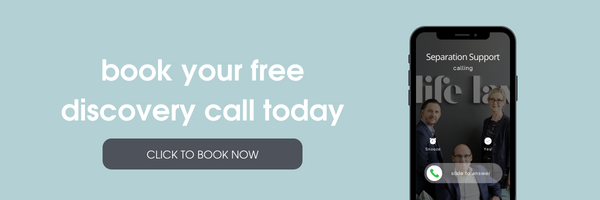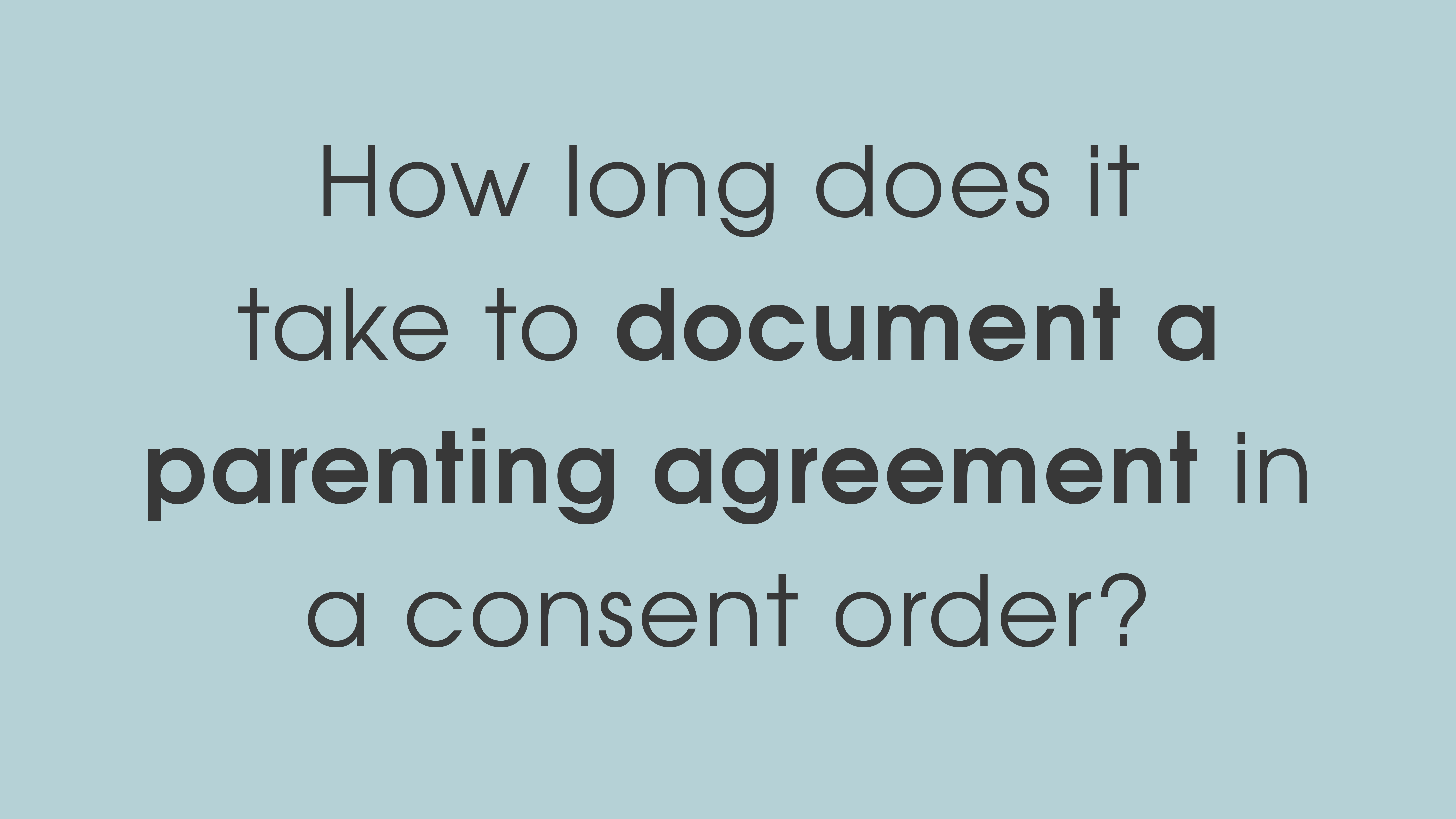Collaborative Practice: how does it work?

Navigating the complexities of separation can be emotionally challenging, and traditional litigation often adds fuel to the fire. Fortunately, a more enlightened path, called Collaborative Practice, prioritises cooperation and respect over courtroom battles. In this article, we look at the steps involved in the Collaborative Process, shedding light on how it unfolds to provide couples with a more harmonious and equitable resolution.
The collaborative process unfolds in several key steps:
1. Initial Meetings: Each partner meets with their respective collaboratively-trained lawyer to discuss the collaborative process and identify the issues important to them.
2. Participation Agreement: If both partners decide to proceed collaboratively, they, along with their lawyers, sign a participation agreement or collaborative contract. This agreement outlines the following fundamental principles:
- Behaving respectfully towards each other throughout the process.
- Exchanging complete financial information transparently.
- Maintaining absolute confidentiality to enable frank expression of needs and concerns.
- Commitment to reaching a written agreement without the threat of court proceedings.
3. Face-to-face Meetings: Partners, accompanied by their lawyers, engage in face-to-face meetings where they openly discuss all issues in a non-confrontational manner. This setting allows both parties to be transparent and forthcoming.
4. Professional Support: Collaborative lawyers facilitate discussions, provide legal guidance, and ensure a fair and balanced process. Additionally, other professionals like accountants, financial advisers, mediators, psychologists, and counsellors are brought in as needed to offer their expertise and support on financial, emotional, or other issues.
5. Resolution or Withdrawal: If the collaborative process fails to yield an agreement and a court process becomes the only viable option, both partners’ lawyers must withdraw from the case.

The Collaborative Process approach to dispute resolution is a beacon of hope for couples facing separation. Its carefully orchestrated steps, from the initial meetings to the eventual resolution or withdrawal, form a journey that embodies dignity, respect, and a commitment to achieving amicable settlements.
By choosing the Collaborative Process, couples choose a path that minimises conflict, maintains their agency in shaping their future, and safeguards their privacy and emotional well-being. It is a process that recognises the importance of children’s needs and tailors solutions to meet the unique circumstances of each partnership.
The involvement of professionals from various fields ensures that financial, emotional, and legal matters are addressed with expertise and fairness. In the event that a mutually agreeable resolution proves elusive, the Collaborative Process gracefully allows for a transition to a different course of action.
In the end, Collaborative Practice is not merely an alternative; it is a testament to the resilience of human relationships and the power of cooperation. It allows couples to part ways with grace and begin anew, fostering better post-separation relationships and promoting the well-being of all involved. As the sun sets on one chapter, the Collaborative Process illuminates a path toward a brighter and more harmonious future.
Latest Posts
- CATEGORY: Collaborative Practice
- TAGS: collaborative practice, family law, family lawyer, separation





